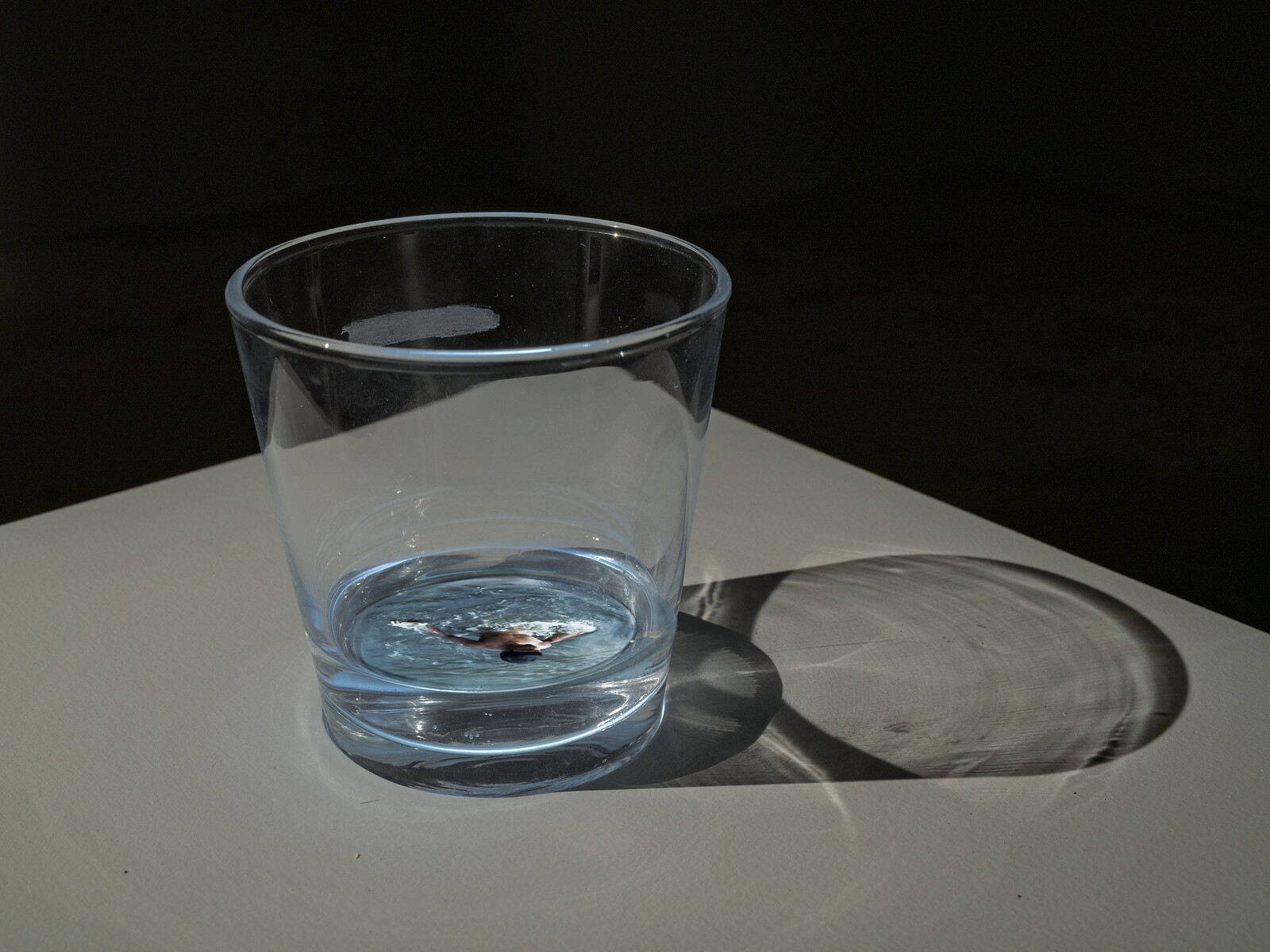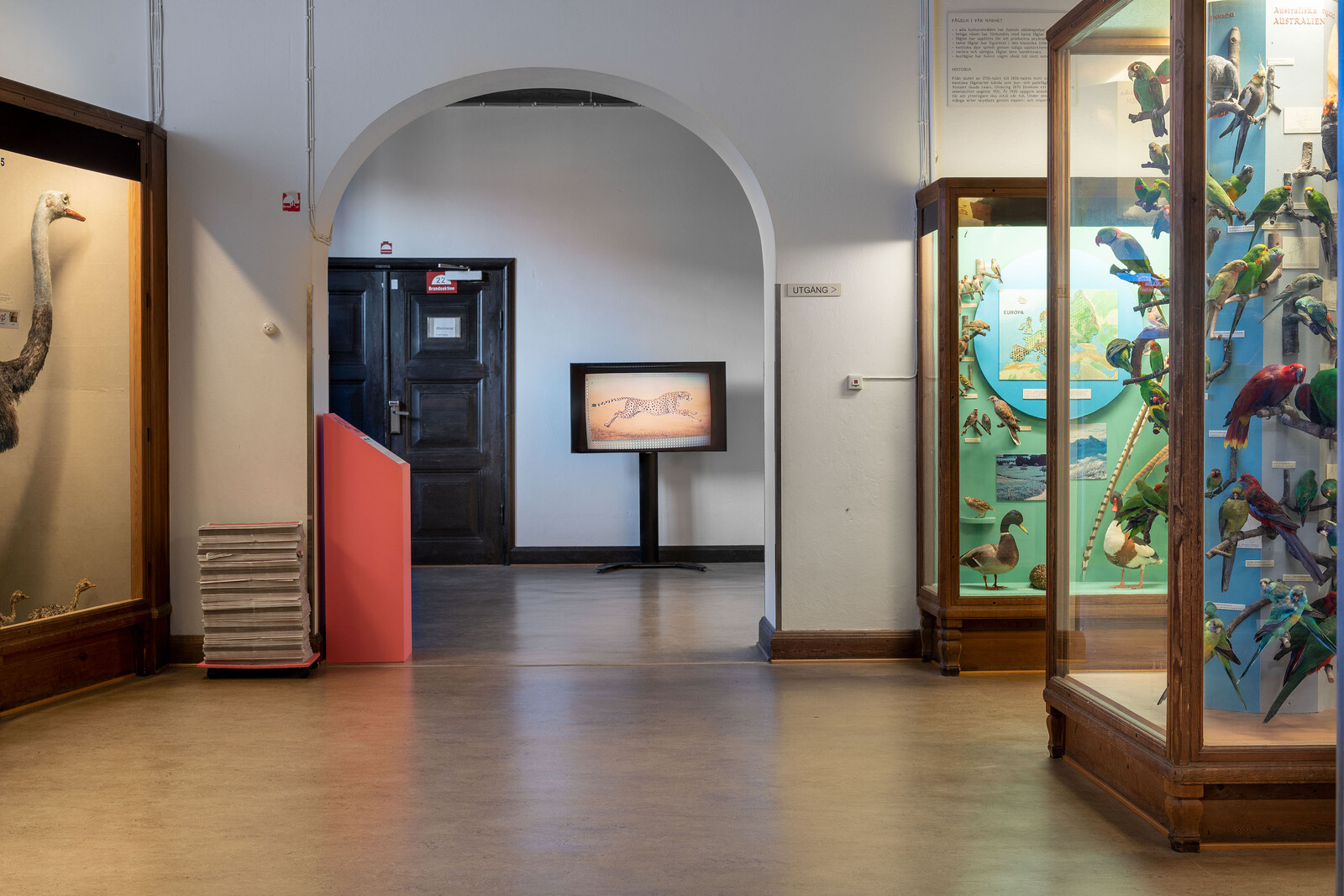Categories
Subjects
Authors
Artists
Venues
Locations
Calendar
Filter
Done
April 24, 2025 – Review
Amol K Patil’s “The Shadow of Lustre”
Natasha Marie Llorens

Amol K Patil’s white plasterboard architectural structures, referring to vernacular architecture in Mumbai, sit uneasily in the vast, postindustrial main hall of Röda Sten Konsthall. A raised floor with a roof the size of a small room abuts a low and irregularly shaped platform, each supporting an array of sculptures. They are intended as homage to the chawl, a distinctive form that evolved from housing for mill workers under British colonial rule in the late nineteenth century.
Initially designed for single occupancy with common spaces and courtyards, the chawls soon exceeded their intended function as isolated residences within the mill compound. Workers arriving in the city with families modified them, so that social structures from Rajasthan, Gujarat, the Konkan coast, and elsewhere became entangled with those of Mumbai. Though they had few amenities, the chawls provided a social safety net that Prasad Shetty, co-founder and professor at School of Environment and Architecture in Mumbai, describes as “an architecture of care.” This sociality is absent from Patil’s clean silhouetted representation. I am struck by the discord between what is referenced and what is given to be experienced.
Instead, the affective impact of the work is of diffuse, nostalgic mourning. An …
October 18, 2019 – Review
10th Göteborg International Biennial for Contemporary Art, “Part of the Labyrinth”
Frida Sandström

“When I was nine years old, the world was as old as me […] As I turned ten, all of a sudden it aged ten million billion years.” The Danish poet Inger Christensen (1935–2009) engaged with time and language as constructs. In her prose poem “Part of the Labyrinth,” she paraphrased Descartes: “I think, and therefore I’m part of the labyrinth.” The 10th Gothenburg International Biennial for Contemporary Art (GIBCA), which borrows its title from Christensen’s poem, centers on the inextricable future of history. Programing both for the current and the next edition of the biennial, curator Lisa Rosendahl has initiated a two-year contestation of the 400th anniversary of the city of Gothenburg, the concluding exhibition of which will be held in 2021. Linking demographic segregation with the discrimination of memory, this pair of consecutive, interrelated biennials examines how the city of Gothenburg can be read as an imprint of Sweden’s colonial unconscious.
In 1784, King Louis XVI of France ceded the South Caribbean island Saint Barthélemy to Swedish rule in exchange for a plot of land in Gothenburg’s port, and securing free trade between both countries. With its dissonant array of archival photographs and abstract prints mounted on …